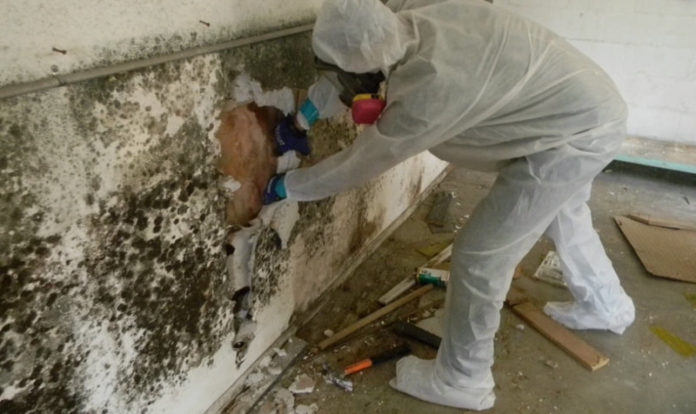Mold growth in homes is often a matter of anxiety and stress for many people. It is a fungus that grows on buildings in warm, humid, and areas with excessive moisture. Every home, in some of the other ways, is covered with mold infestations. While some mold types like penicillin are useful, others are harmful to the respiratory system, crops, and structures. It is, therefore, essential to contact mold removal services to get proper treatment for mold in your home.
If the mold affected area in your home is more extensive, then calling a professional is a must. People who exhibit mold allergies or have a compromised respiratory system can get severely affected by the toxic fungi. By the time, you can start to clean off the mold yourself.
Table of Contents
Wipe off the Mold from Every Surface of your Home
Identify the Moisture areas in your Home
The first step towards mold removal is to spot the areas with excessive humidity and moisture. Water is the primary cause of mold growth. Since mold is not directly visible at all the places, locating the initial source can help you find the other areas. Locate all the sites with mold growing on their surfaces and then start cleaning them.
Use the right products to kill Mold
You can use some of the conventional products for mold removal. Chlorine bleach, hydrogen peroxide, white vinegar (distilled), baking soda, and borax do well in killing mold. Make sure you use complete safety while applying these products. Let the cleaning solution sit on the mold-affected areas to prevent future growth.
Clean up Mold from Fabric
Floods and other water damages can lead to mold growth at fabrics, too, without your intervention. To deal with this, you can keep those fabrics out of your home and brush them properly. Much of the mold will wipe off. If it is possible to wash the material with the hottest water, add a disinfectant and soak them for at least eight hours.
Restore Leather Materials with Vinegar
Possessions like shoes, coats, and accessories made of leather can be cleaned outside with the help of white vinegar. Similarly, you clean furniture also. Use distilled white vinegar to wipe off the surface of these accessories and then apply leather soap and warm water. Let it dry completely and then condition it with a leather conditioner.
Treat Books and Papers Carefully
If mold remains for a long time on paper, it will damage it. But you can remove it with an absorbent material or expose the paper to the sun. When the book is dry, brush away the mold from the pages and cover. Use hydrogen peroxide for final cleaning. Make sure to dry every page entirely before moving to the next page.
Monthly Clean your Household Appliances
Kitchen appliances like washers, refrigerators, toasters, and coffee makers can be an ideal ground for mold growth. Schedule a monthly cleaning for these appliances to kill the existing mold and prevent further growth. Wipe every corner carefully, leaving no room for even traces of mold. Distilled white vinegar can be a good supporter.
Remove Mold from Flooring, Carpet, Walls, and Tiles
Bathrooms and other wet areas also contribute to mold growth. The carpet in your house, interior walls, and floors are other alike areas. You can use chlorine bleach and water to the affected locations and leave it for 15 minutes. For porous surfaces, you can use a detergent to make the solution stick to the area. Make sure to use safety glasses and protection for respiratory problems while you treat mold.
Do not rinse off the solution even if mold gets eliminated from the area. Unless you get a professional to help you, implement these steps to reduce the effect of mold growth in your home.













